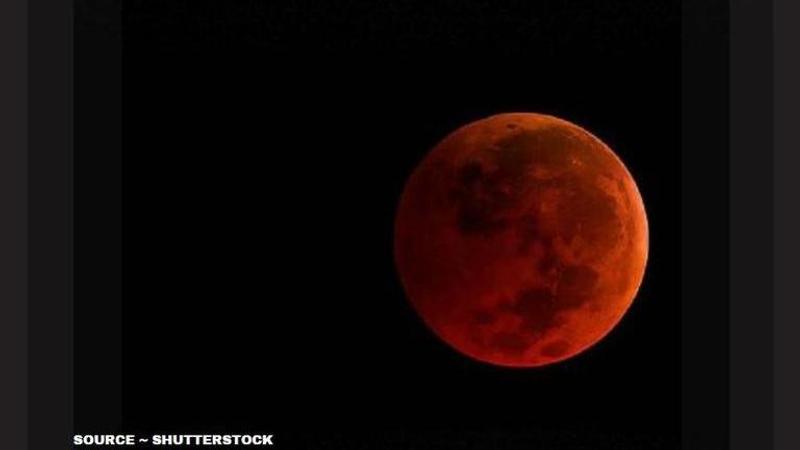Published 12:28 IST, June 3rd 2020
Strawberry Moon Eclipse will take place this June; Know details about when to see it
Strawberry Moon Eclipse is going to amaze everyone this June 2020. Know all the details about the timing, what it is, how long it will be appear and more.

A lunar eclipse is caused when the earth’s shadow blocks the sun’s light from reaching the moon. This event occurs can occur in three degrees -- total, partial, and penumbral. This year, in the month of June, we are going to experience an incredible strawberry lunar eclipse.
What is the Strawberry Moon Eclipse?
In June, the moon will experience a penumbral lunar eclipse where the three celestial bodies will be imperfectly aligned. This means that the earth will block only some of the sun’s light from reaching the moon’s surface and covers a part of the moon with its outer shadow. This phenomenon is famously known as the penumbra.
A penumbra eclipse is considered to be dimmer and fainter than the dark core of the earth’s shadow. This makes it hard for a viewer to tell it apart from a normal full moon. A Strawberry Moon Eclipse happens when the moon passes into the earth’s penumbra and this year it is expected to pass through 57 percent of it.
When is the Strawberry Moon Eclipse?
The moon will travel through the faint penumbral portion of earth’s shadow from June 5. The total duration of the Strawberry Moon Eclipse is 3 hours, 18 minutes and it will appear on June 5, 2020, at 11.15 PM IST till June 6, 02.34 AM IST. According to the reports, the maximum eclipse will be visible on June 6, 12.54 AM IST.
In the USA, the Eclipse will begin at 3:12 PM ET whereas in the UK it will be 8.12 PM BST. The next two lunar eclipses (also penumbral) of 2020 will be on 4-5 July and 29-30 November.
Precautions to take during any lunar eclipse
Some precautions should be taken while observing an eclipse. However, it is safe to look at this lunar eclipse with bare eyes and no special glasses are required. As per some traditional beliefs, eclipses have a strong effect on a person's body cycles, especially those of pregnant women. However, there is no scientific data to prove it.
Updated 12:28 IST, June 3rd 2020



